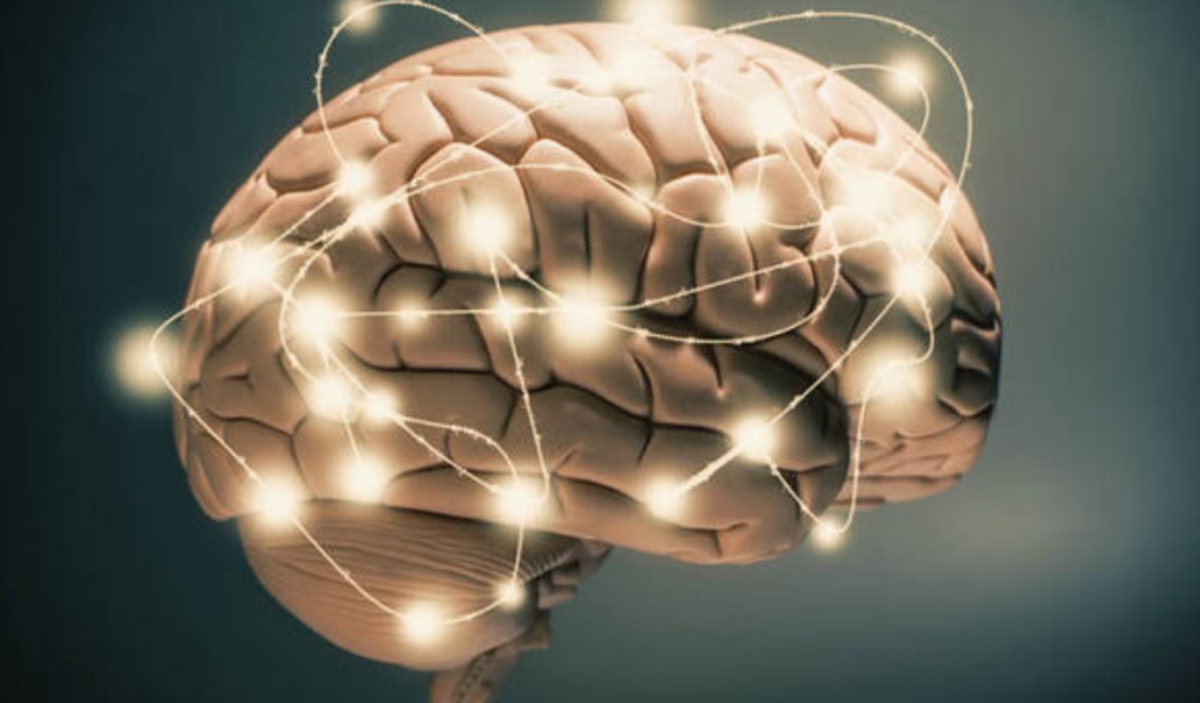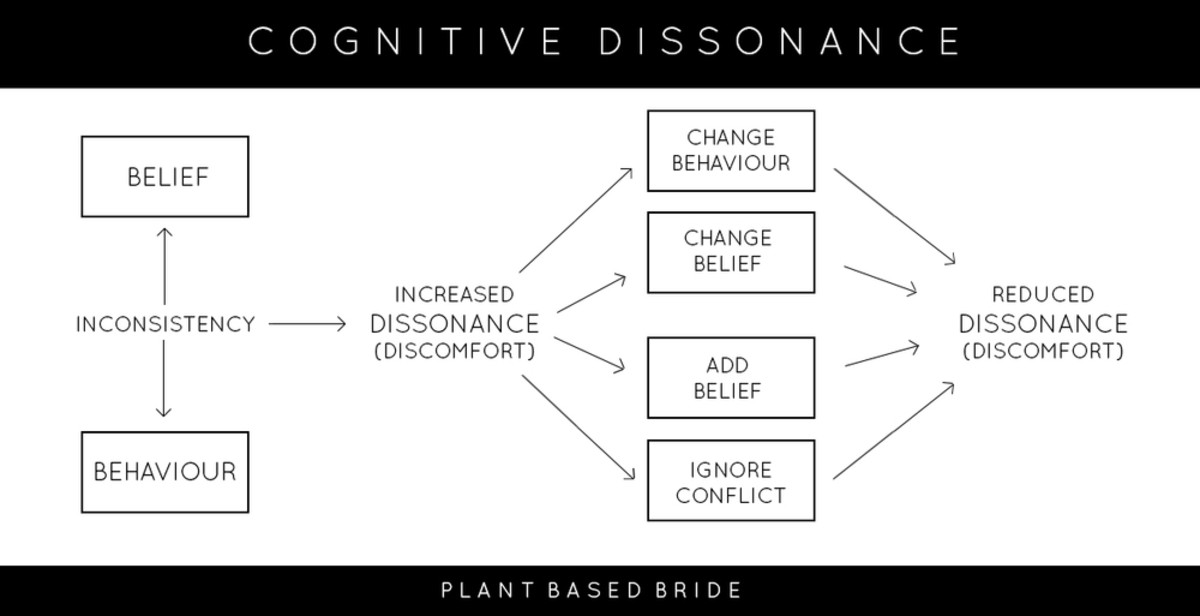Understanding The Memory Process
Concept of Working Memory
In the working memory model there are three components. The first is the short-term memory stores which are divided into separate areas for verbal and spatial information. This allows for dual tasks to be performed with less interference than there would be if they were stored in the same area. The second is what is referred to as the central executive and it manages the process of attention and helps control actions and classify information. The third component is the episodic buffer, which connects short-term memory stores with long-term memory (Terry, 2009).
Short Term vs Long Term Memory
The phrase short-term memory is used to describe a memory system that is narrow in scope, both in duration as well as capacity. Without practice it only holds on to five to seven pieces of information for a minute or less. This differs from long-term memory in that long-term memory holds on to memories that last longer than a few seconds and has the ability to retain all of our memories over the course of our lifetime (Terry, 2009).
Short Term Memory Test
The Short Term Memory Test, available on the Psychologists World website, consists of a list of 12 familiar nouns, like house, orange, and vase (Psychologists World, n.d.). Participants are asked to concentrate on the words for a few seconds and then go to the next page where they are asked to
list the words that they can remember. The test is based on psychologist George Millers ‘magic number seven’ theory. Miller, 1956, found that most people could remember information in chunks of seven components of information, plus or
minus two.
Role of Encoding and Retrieval in the Memory Process
New memories are created through the encoding processes. It converts something of interest into a construct so that it can be stored in the memory for later recall. The encoding process is biological in nature. It begins with awareness that attracts attention causing neurons to fire at an increased rate. This increase in intensity improves the chances that the event will be encoded into memory. Attention is amplified by emotion which causes the perceived sensations to be processed. These sensations are interpreted by the cortex and compiled into a single event in the hippocampus. From there the information is analyzed, compared, and associated with other memories that have already been processed and may be committed to long-term memory (Mastin, 2010).
There are many things that can affect the encoding process. These include rehearsal, imagery, and how meaningful the information is to the person. There are different levels of rehearsal from basic to elaborate. Basic rehearsal involves passive repetition of the material, while elaborate rehearsal involves deeper processing that leads to better retention. Concrete, or imaginable, information is more memorable than abstract information. Dual coding of information could explain why pictures and things are more readily remembered than words. How meaningful the information is to the individual has a lot to do with how much knowledge they already have about the subject. Meaningfulness can also be measured by the ability to find meaning in information by discovering patterns in a seemingly random collection of words, numbers, or other data unit (Mastin, 2010).
Retrieval of memory is done through a retrieval process. Remembering is very similar to thinking as far as how it is processed by the brain. When recalling information the brain produces neural activity patterns that practically match those of the original event. If they were identical it would be hard to decipher actual events from memories. All of the individual elements that make up a complete memory of an event are stored in different areas of the brain. During the retrieval process all of those elements are reconnected by following the neural pathways the brain created during the encoding process. Basically, the process of memory retrieval takes the memory out of long-term storage and moves it to the more accessible short-term storage in a reversal of the encoding process and then returns it back to long-term storage (Mastin, 2010).
Encoding and Retrieval Variables Associated to the Short-Term Memory Test
All of the items on the list were concrete rather than abstract which would make them memorable. Although the words are well-known, they are random and there is not a pattern. If there had been a picture of the item next to the word it would increase the number of words recalled. Another factor to take into consideration is the serial position effect. How likely a particular word on a list is remembered could depend on its position on the list. Words that are located at the beginning and end of a list are far more likely to be recalled. Better recall of words at the beginning of a list is because of the primacy effect, while better recall of words at the end of the list is because of the recency effect (Smith, n.d.). In other words, the first and last thing read will be remembered better than those things in the middle.
Conclusion
The memory process is used to encode, store and recall information. Working memory is comprised of short-term memory, the central executive, and the episodic buffer. Information is not retained in short-term memory for very long and it is unable to hold much information, but long-term memory has the capacity to hold the memories of a lifetime. The Short-Term Memory test helped illustrate the concepts of encoding and retrieving memory. Three factors that affect memory are rehearsal, imagery, and meaningfulness. Taking memory tests like this one or other designs as well is a good way to get a chance to experience of the concepts involved in the memory process.
Pole
Who would you rather meet?
References
Mastin, L. (2010). Memory Processes. Retrieved from http://www.human-
memory.net/processes.html
Miller, G. (1956): How many pieces of information can you remember? Miller's Magic Number,
most likely. Retrieved from http://www.psychologistworld.com/memory/millermagicnumber.php
Psychologist World (n.d.). Short-Term Memory Test. Retrieved February 22, 2008, from
http://www.psychologistworld.com/memory/test2.php
Smith, M. L. (n.d.). The Forgotten Middle Child of Memory: The Serial Position Effect.
Retrieved from http://capone.mtsu.edu/sschmidt/Cognitive/sample_report.htm
Terry, W.S. (2009). Learning and memory: Basic principles, processes, and procedures (4th ed.).
Boston: Pearson/Allyn & Bacon.








